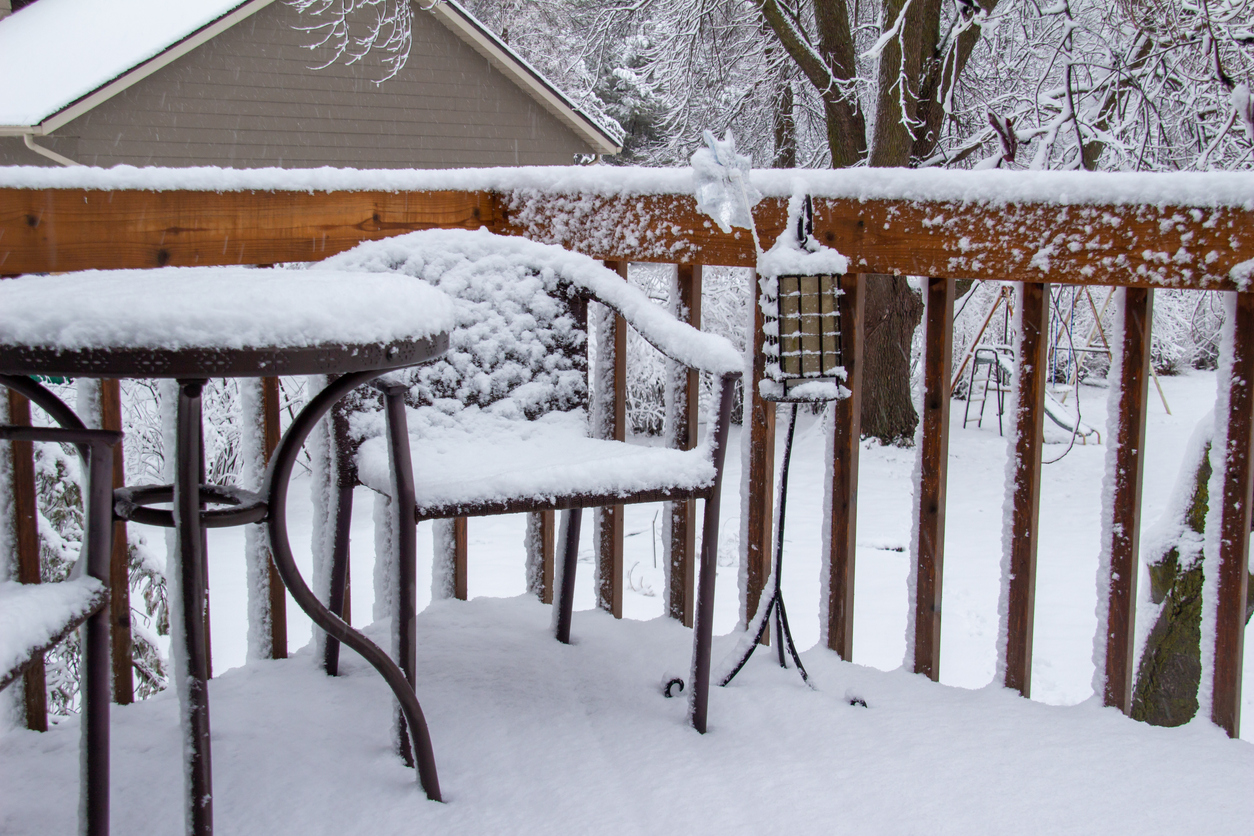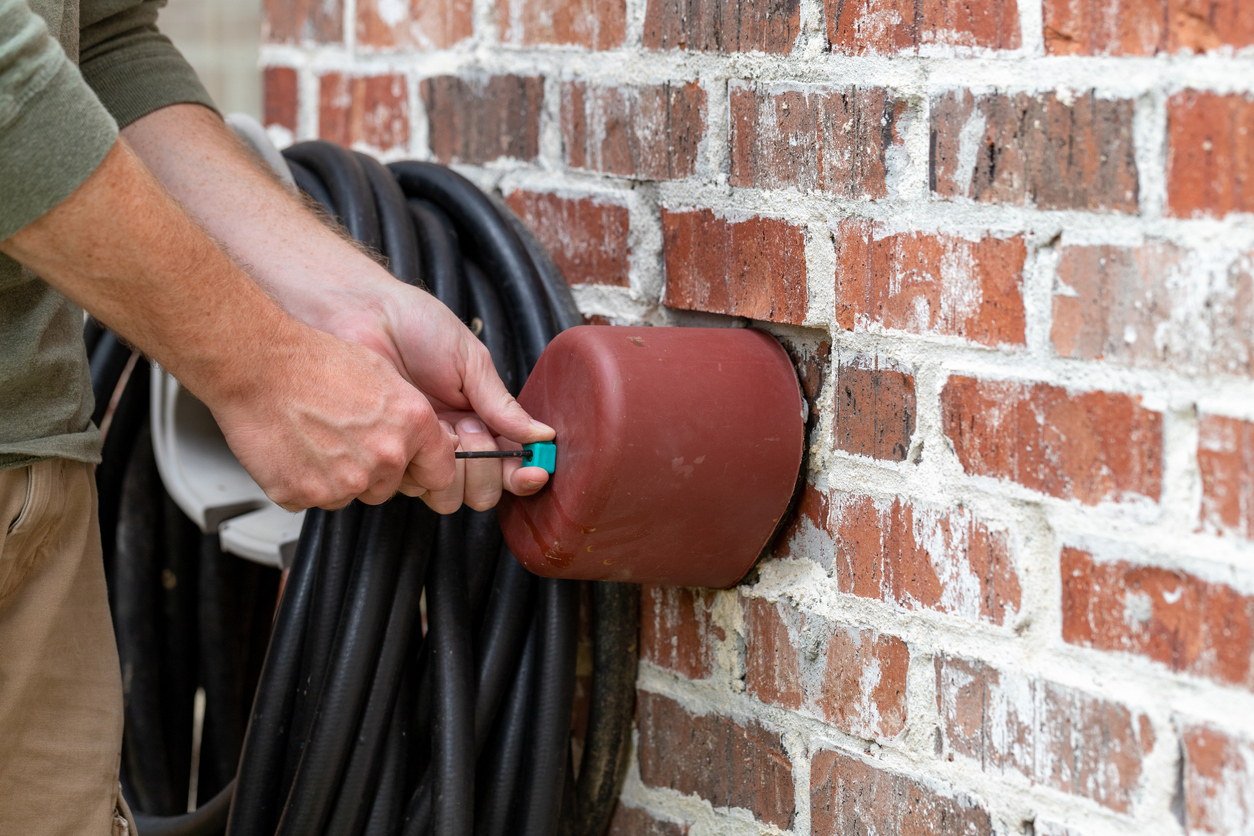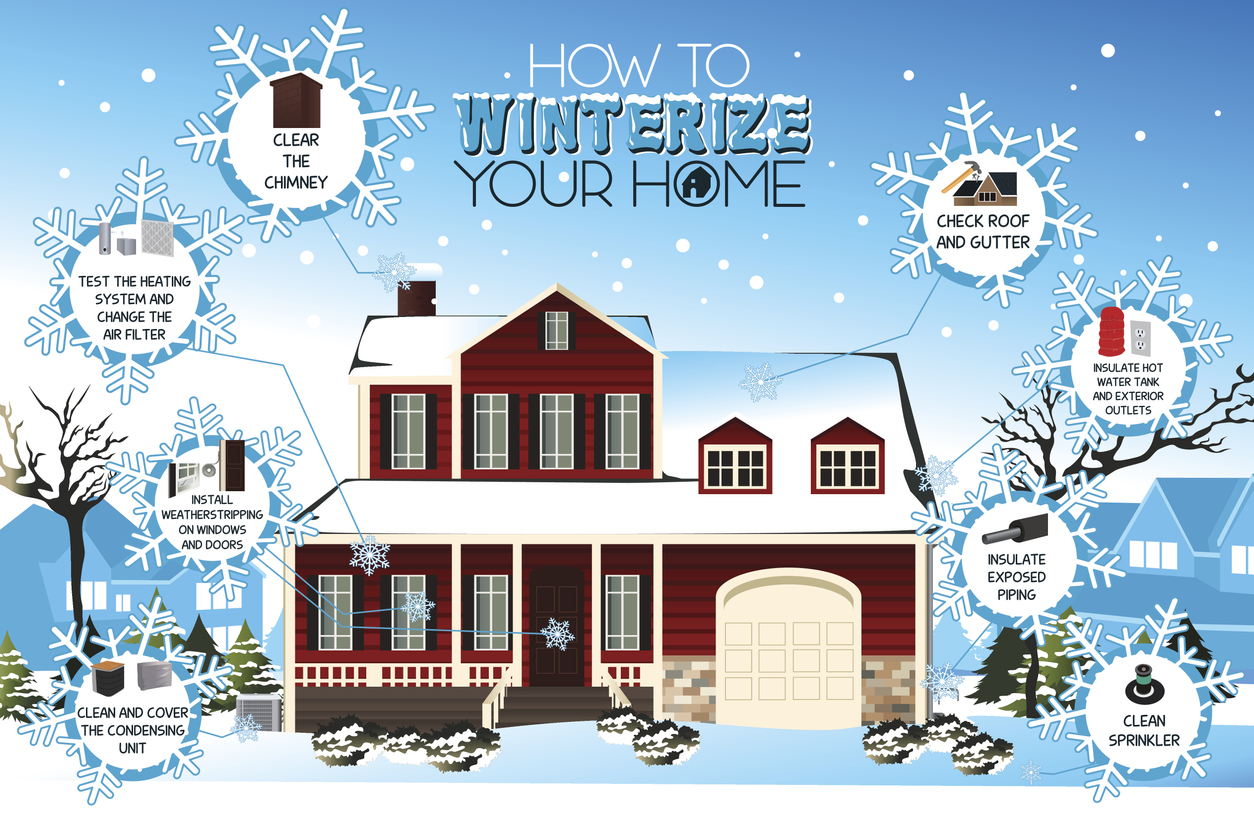4 Tips to Winterize Your Home

Winter is here, and while it’s wonderful to snuggle up by a roaring fire with plus blankets and pillows, you also want to make sure that the outside of your home continues to keep you and your family safe and dry this holiday season. You are trying to do this in the fall to winterize your house in preparation for the coldest season. Proper winterization involves a systematic review of your home and critical structural and mechanical appointments. If you take care of these before the winter, you’ll be able to enjoy the snow in comfort and ease.
4 Tips to Winterize Your Home
Below are a few areas you’ll want to note when you begin winterizing your home over the next few weeks, especially if you haven’t started.
1. Cover The Windows

Have you tried to sleep during the night and kept feeling a draft near your bed? If you have inefficient windows, this is one of the most significant areas for losing heat in your home. Shield them with plastic sealing kits. Cover it with bubble wrap if it’s a window you might not often use. This helps insulate and trap cold air pockets while allowing lights to shine through and keep your mental health start smooth. It’s also a good idea to clean the tracks of any debris that might interfere with seals.
2. Inspect The Septic Tank

Image: Scorpion Septic
This isn’t on everyone’s list because not every homeowner has a septic tank. (We have a home that has septic tanks.) However, if you do, this is something that you will want to check ASAP! You’ll want to put a layer of mulch about 8 to 12 inches thick over the tank, pipes, and soil system to provide extra insulation. If you don’t have any mulch, look for hay, straw, or leaves that will stay in place and not become compacted. It’s essential to do this for new systems installed late in the year. If it’s frozen, there is no time to add mulch now because it will delay thawing in the spring. If you’re worried that your system is starting to freeze, you can always spread out your laundry schedule, so you run one warm or hot load a day. Using the dishwasher and taking hot baths are also crucial, and of course, do not leave any water running all the time as it can overload the system. If you’re worried, call a professional such as Scorpion Septic to help you with the proper steps for winterizing your septic tank. They offer incredible service for all your septic pumping needs in Dallas, Georgia.
3. Check Your Deck:

Don’t forget to make sure your patio or deck area is ready for winter too! Cover any patio furniture that you have because this helps protect your furniture. If you have a place to store it, bring it indoors for the winter months. (We keep our deck furniture in our garage in Park City because of all the snow there.)
While it’s not necessary every year, you can also correctly seal or stain your wooden deck. Clean or store any garden tools that you used during the spring. Make sure these tools are dirt-free and stored in a dry location. Another thing is to clean and keep your grill. You’ll want to thoroughly clean the grill and other barbecue equipmentYou’llr it like your other furniture, or place it in a safe, dry area.
Then your deck will be ready when spring arrives. In case you missed this post about sprucing up your patio.
4. Winterize Water Pipes:

You want to ensure that your water supply pipes are especially susceptible to freezing in cold weather. And if your pipes burst from freezing, it can cause some of the most expensive repairs you’ll ever have to make on your home.
Exposed drain pipes can also occasionally freeze, so you’ll want to look at them carefully. If you have any exposed pipes in a crawlspace or an attic, you’ll want to ensure to insulate them at a minimum with foam-insulation sleeves. You can wrap them with electrical heating tape too.

There are still a few other things you’ll need to do to winterize your home, depending on if you’re trying to get it done before a snowstorm.
But again, try to winterize your home before the cold, frost, and blizzards occur!
What tips do you have for winterizing your home? Please share them with us!
Until next time!









Thank you for sharing this! I also want to add that most people forget to shut off the interior valve that controls the outdoor faucet. If water stays in that line, it can freeze and burst inside the wall. After you disconnect the hose, go inside and close the shutoff valve that is usually found in the basement or utility room. Then open the outdoor faucet to let any remaining water drain out.
I love this article and the tips suggested are very good and helpful. Thank you Robin.
Another handy tip is to install ceiling fans if you haven’t yet and change their rotation to clockwise in winter. This will distribute warm air and direct it downward, lightening the load on your heating system. It’s a relatively inexpensive solution that will help you save money on heating bills.
I really like the idea of insulating exposed pipes. But for better energy efficiency, it’s a good idea to insulate pipes inside the house near cold walls or where there might be drafts. For most cases, fiberglass or foam (polyethylene/polyurethane) are good choices. If you need to handle higher temperatures, go for mineral wool or elastomeric foam. And for extreme temperatures, use cellular glass. Just think about what you need, the temperature, pipe size, and safety when you decide which one to use.
Valuable tips for preparing for cold weather months, thank you. Additionally, I want to to highlight the significance of home surge protection in safeguarding your home and family during severe weather conditions such as icy conditions, snowstorms, and extreme cold.
By installing it, you can prevent power outages and protect electrical components from potential damage, ensuring the safety and well-being of your household.
Thanks for the helpful advice!!
I just want to add that if you get your hot water from a hot water storage tank, you also need to insulate it. Insulation with an R-value of at least 24 is preferable. This could reduce heat loss by up to 45% and save you around 10% in water heating costs. The good news: you can find pre-cut water tank insulation jackets from around $20
Great tip Regina!
Great tips. We need some of those little spigot insulating things. I need to put them on the Lowe’s list. And our weatherstripping around the balcony door in our room is shot. The door can blow up in the middle of the night, even when it is locked!! Talk about a rude awakening.